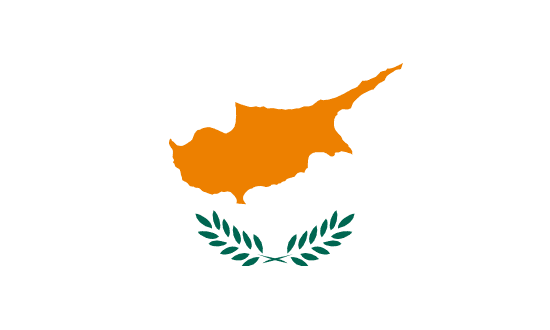"Πάφος, η πόλη των θεών | Paphos, the city of the gods"
About:
Paphos, a city on the southwest coast of Cyprus, has a history dating back to the Neolithic period. It was a significant ancient Greek city, and the legendary birthplace of Aphrodite. Paphos served as the capital of Cyprus during Roman times. Numerous archaeological sites from this period, including Tombs of the Kings and the Paphos mosaics, led to its listing as a UNESCO World Heritage Site. Today, Paphos is a popular tourist destination and was selected as a European Capital of Culture for 2017.
When to visit:
Paphos, located on the southwestern coast of Cyprus, boasts a Mediterranean climate characterized by hot, dry summers and mild, wet winters. The ideal time to visit Paphos for a holiday is during the spring and autumn months, specifically from April to June and September to November. These periods offer pleasant temperatures ranging from 20-30°C (68-86°F), making it perfect for outdoor activities such as sightseeing and beach relaxation. Additionally, visiting during the shoulder seasons allows for fewer crowds and lower prices compared to the peak summer months.
When to avoid:
Paphos, located on the southwestern coast of Cyprus, experiences its worst travel conditions during the peak summer months of July and August. The scorching Mediterranean heat can be overwhelming, with temperatures often soaring above 35 degrees Celsius (95 degrees Fahrenheit). Additionally, these months coincide with the busiest tourist season, leading to crowded beaches, long queues at tourist attractions, and higher prices for accommodations and activities. Travelers seeking a more comfortable and less crowded experience may want to consider visiting Paphos during the shoulder seasons of spring (April to June) or autumn (September to November).
Winter Season (Dec-Feb)
The coldest and wettest period in Paphos, Cyprus, falls between December and February. Average temperatures range from 8°C to 17°C, with rainfall peaking in December. Daily sunshine hours drop to approximately 5-6, with frequent cloud cover. Visitors can expect intermittent showers, with the highest monthly average rainfall of 95mm in December. Winds are moderate, and humidity averages 70-75%. Despite the chill, the weather is generally mild compared to other European destinations. An average day may involve exploring indoor attractions or enjoying the quieter beaches under a cloudy sky.
"Summer (June - September)"
In Paphos, Cyprus, the warmest part of the year is from June to September, with July and August being the peak summer months. During this period, daytime temperatures typically range from 28°C (82°F) to 32°C (90°F), and can sometimes rise above 35°C (95°F).
Rainfall is extremely low during these months, often with no rainfall at all, making it the driest season. The amount of daily sunlight is at its maximum, with about 12-14 hours of bright sunshine each day, providing ample time for outdoor activities.
Humidity is relatively high, around 70%, but the constant sea breezes make it feel less oppressive. Cloudiness is minimal, with clear, blue skies being the norm.
A typical day for a visitor during this period would be warm and sunny. The mornings start off mild and temperatures rise steadily throughout the day, peaking in the afternoon. Evenings are pleasantly warm, perfect for alfresco dining or a leisurely stroll along the beach. Despite the heat, the sea breeze makes it comfortable, especially in the shade. The lack of rain and abundance of sunshine make it an ideal time for beach activities, sightseeing, and exploring the local culture.
Language:
In Paphos, the most commonly spoken language is Greek, due to its location in the Republic of Cyprus. English is also widely spoken, especially in the tourism sector, as the city is a popular destination for international visitors. Other languages you might hear include Russian and German, reflecting the diverse range of tourists that visit the city.




